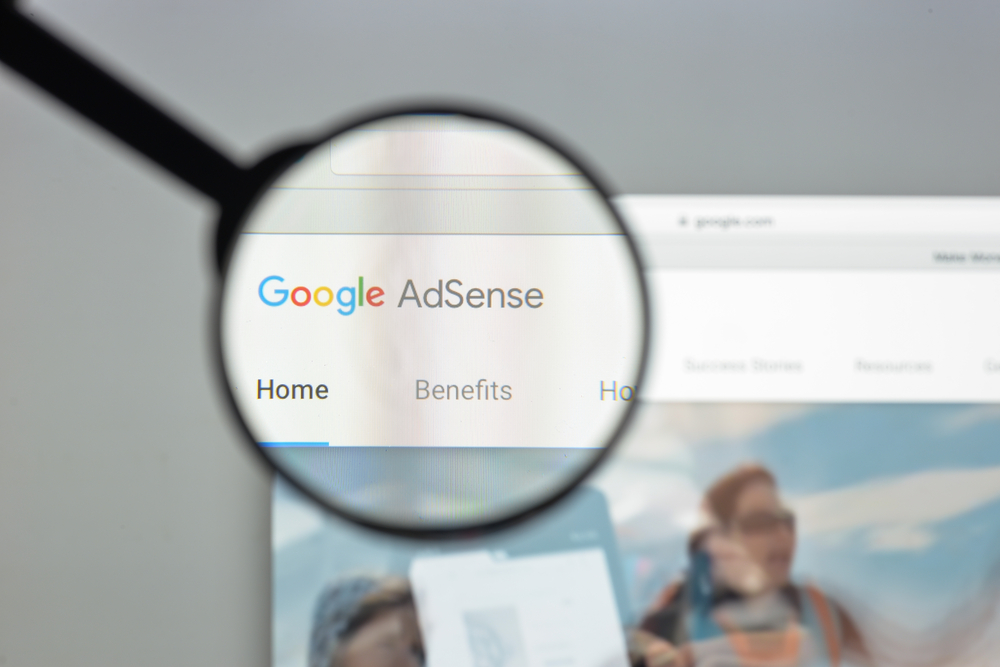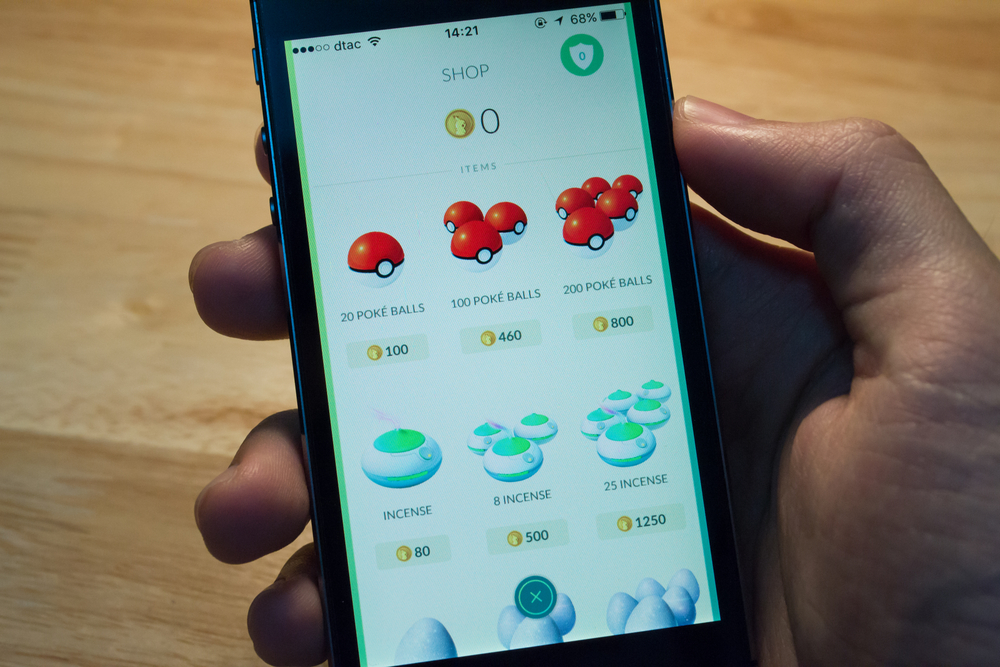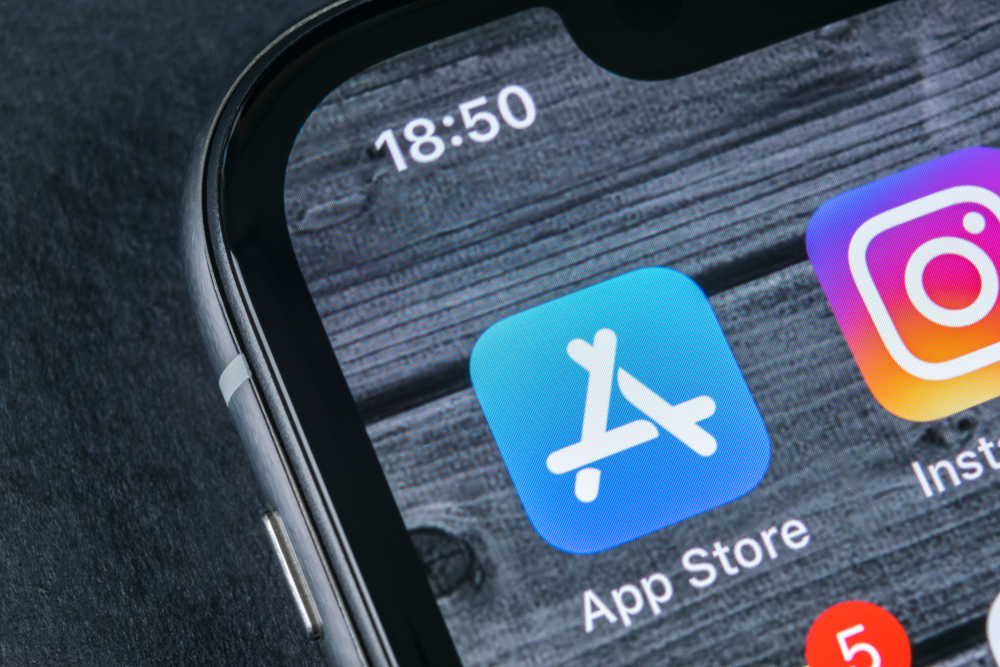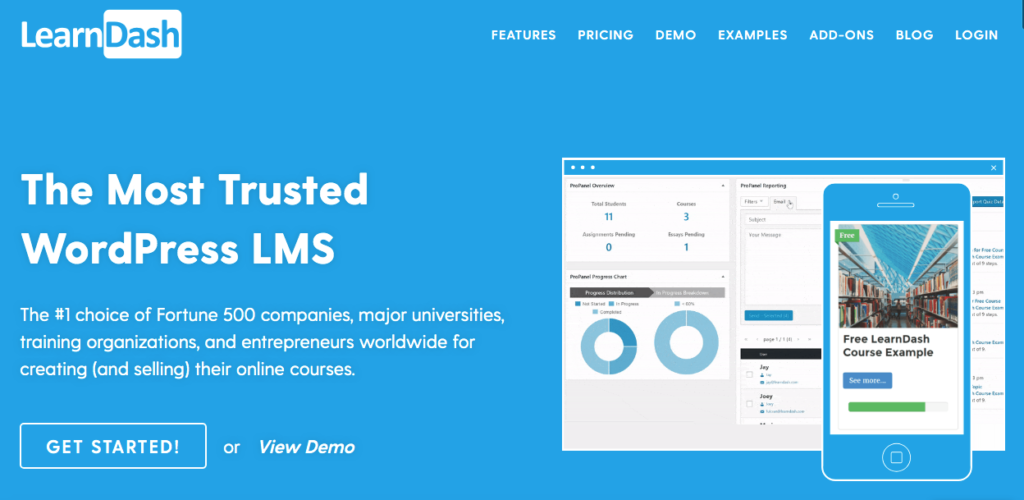The strategies and practices you can implement for monetizing your mobile app can prove to be a worthwhile investment of time.
When so many apps are competing in this technology-driven world, you might wonder what earning potential there might be.
How do businesses and entrepreneurs go about driving revenue from mobile apps?
Monetization models generally vary across platforms, but there are tried and true methods you can follow to have your app generate revenue.
Innovation is the foundation of the app world. (In fact, getting your app published somewhat relies on your originality – see what we mean in this blog on how not to get rejected from the stores.)
How to monetize your app is something most developers start considering before they even begin building their app.
This is because you want to factor in the avenues that you want your app to go down.
The monetization routes must be considered beforehand to ensure they coincide with the app build and function.
Generating a profitable revenue stream without sacrificing the quality of your app is paramount.
When developing and marketing your mobile app, to ensure it is a monetization tool there are critical strategies to factor in.
You can then decide which is best for you and your app.
Paid Apps
Now this is the obvious route but it is not usually very profitable.
If you take a look at the Play store, you’ll find that 90% of apps are free.
Ideally, you want your app to be downloaded, experienced, and to cross borders.
An initial price point, however small, in the app world tends to deter users due to the level of free competition there is.
If you must price your app, it may help to offer a free ‘lite’ version that has limited features but gives the user enough experience to be more persuaded in purchasing the full app.
AdSense

One of the most popular revenue generation programs for mobile apps is advertising through AdSense.
Similar to a blog displaying ads while consumers browse your content, a mobile app can fit display ads in its interface.
Businesses pay through the nose for exposure and traffic.
According to App Annie, in 2016, in-app advertising sales were $72 billion, and expected to triple by 2021.
This escalation shows that the mobile app industry has a huge revenue pattern that app developers can maximize on.
Developing your app in a way that provides good exposure for advertisers, with convenient spacing for placement without interfering or disrupting your user experience is imperative to ensure you get the best of this model.
In-App Purchases

Offering an app that solves a problem, provides entertainment, or is useful for daily tasks is a great way to ease your customers into making in-app purchases.
These could be for more access to a particular area of the app or feature, piquing their curiosity during a game, or offering to streamline more processes for a fee.
Affiliate Marketing

This model entails you using your app as a tool to indirectly market a product, and when a purchase is made with your app as the source, you receive a commission fee.
This could be for a product, or for a particular course of action to be taken by the consumer, or even for another app to be downloaded.
As usual though, relevance is key. The other apps/products/actions that are are promoted through your app should complement it, its user experience, and its category.
Third-Party Data
This one may be a little tricky.
With these technological developments, users are almost always sharing their data.
With proper permission and guidelines, taking into account the latest GDPR laws, you could sell this data derived from your app to third party buyers, such as market research agencies, who want to better understand consumer patterns.
Now, can you have multiple monetization tools for one app? Certainly.
But again, these must complement, not disrupt, your app.
The best and most applicable revenue model for your app could impact the popularity of your app and its solution.
Furthermore, the wrong strategy could cause your app to be deleted or blacklisted altogether.

Obtain usage patterns and establish correlations. Analyze this data and integrate your monetization efforts into it.
Which monetization model/strategy is most profitable you may ask?
It’s hard to say. Each app is different and unique (or should be at least), so a model that may be incredibly successful for one, may deliver little to nothing for another.
Your choice of monetization and revenue generation should suit your app, your audience, and moreover, your business goals. Whatever those are, the right choice will follow.
We didn’t forget about boosting app visibility, by the way. Check out our tips for getting your app featured on the app store.










